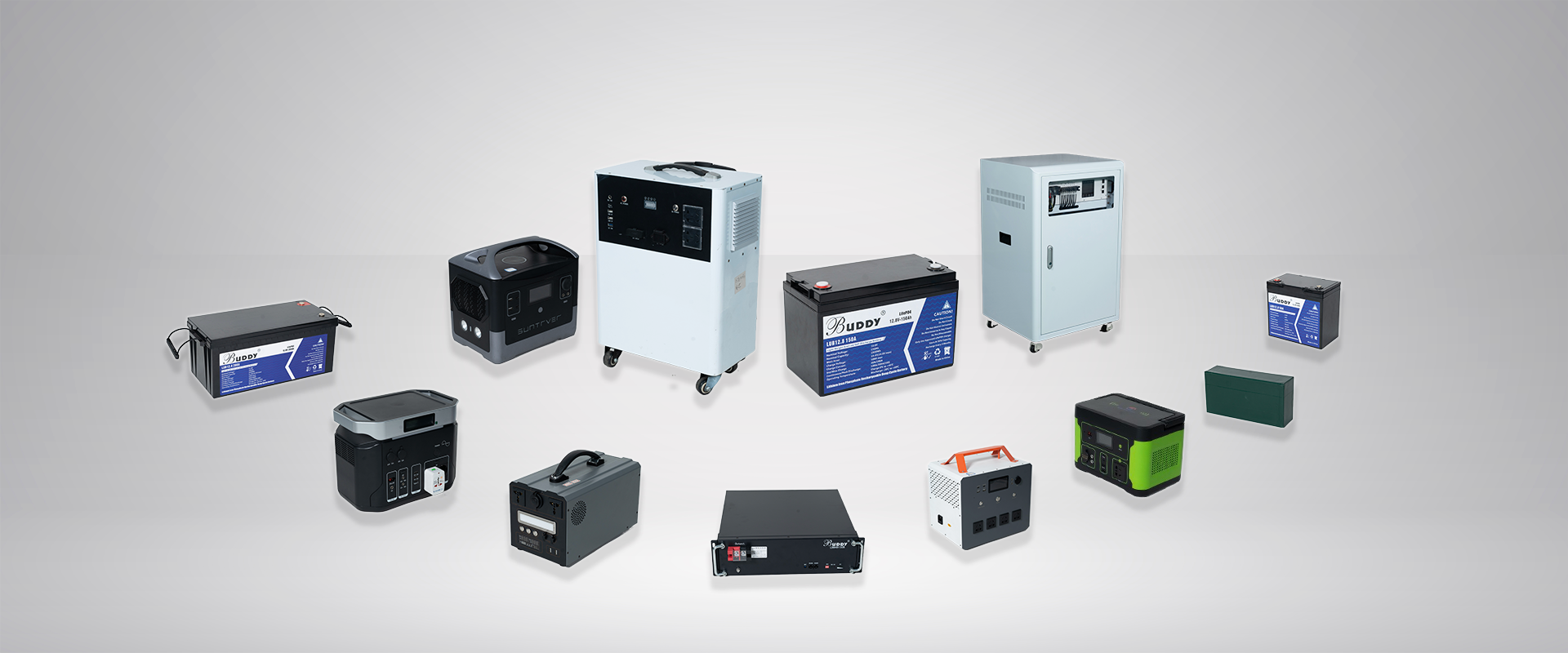Introduction: Sealed batteries, also known as valve-regulated lead-acid (VRLA) batteries, have gained immense popularity in recent years due to their numerous advantages over conventional flooded batteries. In this article, we will delve into the intricacies of sealed batteries, discussing their construction, working principle, benefits, and applications. By the end of this article, you will have a comprehensive understanding of sealed batteries and their significance in modern technology.

Construction of Sealed Batteries: Sealed batteries are designed with a robust and compact structure, making them ideal for various applications. The key components of a sealed battery include:
a. Plates: Sealed batteries use lead plates as the active material for energy storage. These plates are made of lead and lead oxide, which are arranged in a specific pattern to maximize surface area and facilitate efficient chemical reactions.
b. Electrolyte: Unlike flooded batteries, sealed batteries use a gel or absorbed glass mat (AGM) as the electrolyte. This electrolyte immobilizes the sulfuric acid, preventing spillage and allowing for safe operation in any orientation.
c. Separator: A separator is placed between the positive and negative plates to prevent short circuits while allowing the flow of ions. In sealed batteries, the separator is typically made of a glass fiber material that can absorb and retain the electrolyte.
d. Valve: Sealed batteries are equipped with a pressure valve that regulates the internal pressure by releasing excess gases. This valve ensures the safe operation of the battery by preventing the build-up of dangerous gases.
Working Principle of Sealed Batteries: Sealed batteries operate on the principle of electrochemical reactions between the lead plates and the sulfuric acid electrolyte. During discharge, the lead oxide (PbO2) on the positive plate combines with the lead (Pb) on the negative plate, forming lead sulfate (PbSO4) and water. This reaction releases electrons, generating electrical energy.
During charging, the process is reversed, and the lead sulfate is converted back into lead oxide and lead. The electrolyte’s composition changes during this process, generating hydrogen and oxygen gases. However, the pressure valve and the recombination process within the battery prevent the build-up of these gases, making sealed batteries maintenance-free.
Benefits of Sealed Batteries: Sealed batteries offer several advantages over flooded batteries, making them a popular choice in various industries:
a. Maintenance-free: Sealed batteries do not require regular maintenance, such as adding water or checking specific gravity, making them ideal for applications where regular maintenance is impractical or inconvenient.
b. Safe and clean: The immobilized electrolyte and pressure valve system ensure that sealed batteries are spill-proof and do not release hazardous gases, making them safe for use in enclosed spaces.
c. Long lifespan: Sealed batteries have a longer lifespan compared to flooded batteries, thanks to their advanced design and the use of AGM or gel electrolytes, which reduce the rate of self-discharge and corrosion.
d. High performance: Sealed batteries provide superior performance, including faster charging, higher discharge rates, and better resistance to extreme temperatures, making them suitable for a wide range of applications.
Applications of Sealed Batteries: Sealed batteries find applications in various industries, including:
a. Automotive: Sealed batteries are commonly used in modern vehicles, providing reliable starting power and auxiliary power for vehicles equipped with advanced electrical systems.
b. Renewable energy: Sealed batteries are widely used in solar power systems, wind turbines, and other renewable energy installations to store excess energy and provide power during periods of low generation.
c. UPS systems: Uninterruptible Power Supply (UPS) systems rely on sealed batteries to provide backup power during power outages, ensuring continuous operation of critical equipment and data centers.
d. Telecommunications: Sealed batteries are used in telecommunications infrastructure to provide backup power for base stations, ensuring uninterrupted communication services.
Sealed batteries, with their advanced design, numerous benefits, and wide range of applications, have revolutionized the battery industry. Their maintenance-free operation, safety, and high performance make them an ideal choice for various applications, from automotive to renewable energy systems. As technology continues to advance, the role of sealed batteries in powering our modern world will only continue to grow.